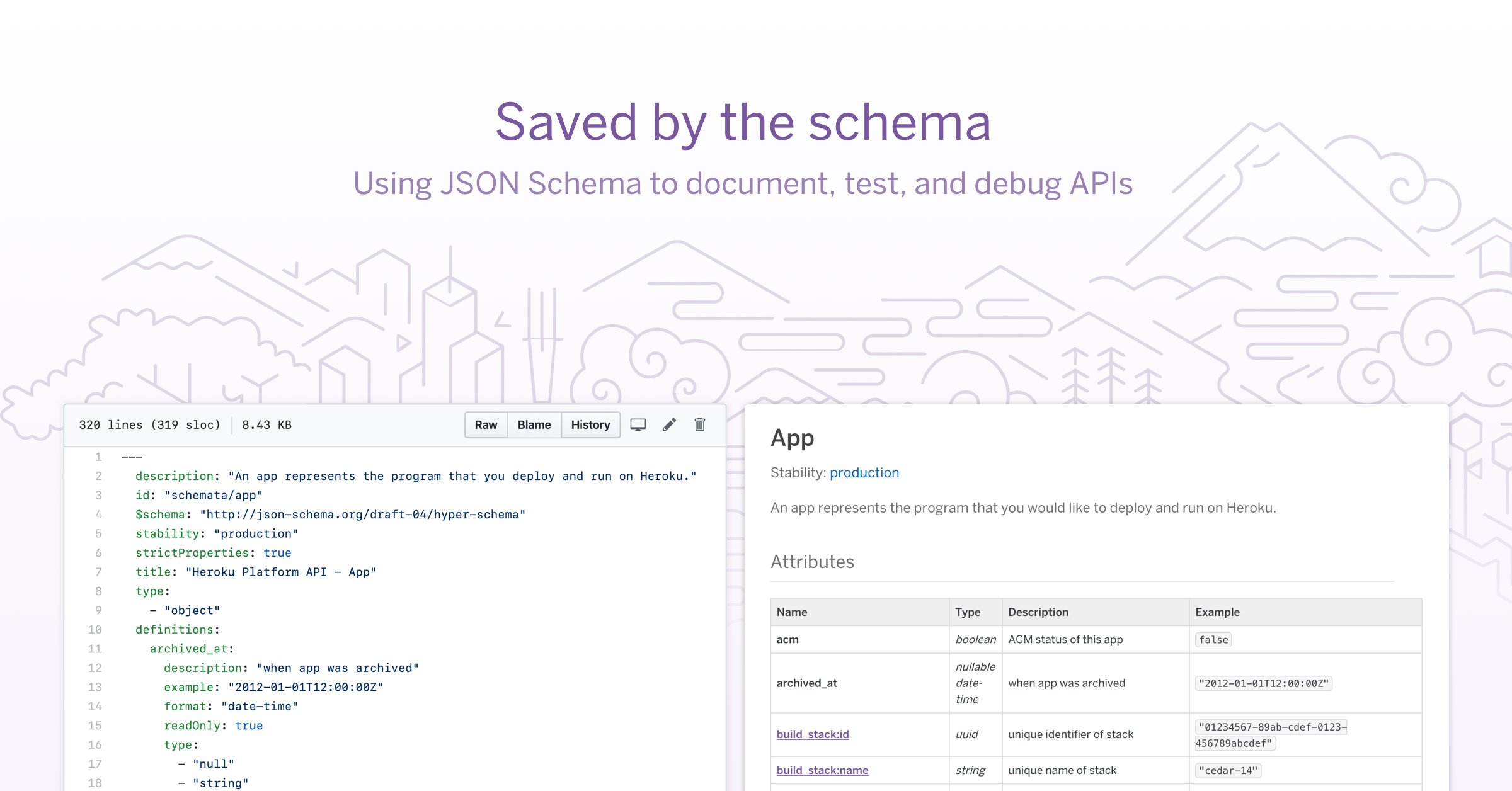In today’s fast-paced digital world, companies are looking for ways to securely expose their APIs and microservices to the internet. MuleSoft Anypoint Flex Gateway is a powerful solution that solves this problem.
Let's walk through deploying the Anypoint Flex Gateway on Heroku in a few straightforward steps. You'll learn how to connect your private APIs and microservices on the Heroku platform through the Anypoint Flex Gateway and the Anypoint API Manager, without the hassle of managing infrastructure. Get ready to unlock the potential of this potent pairing and, in the future, integrate it with Salesforce.
